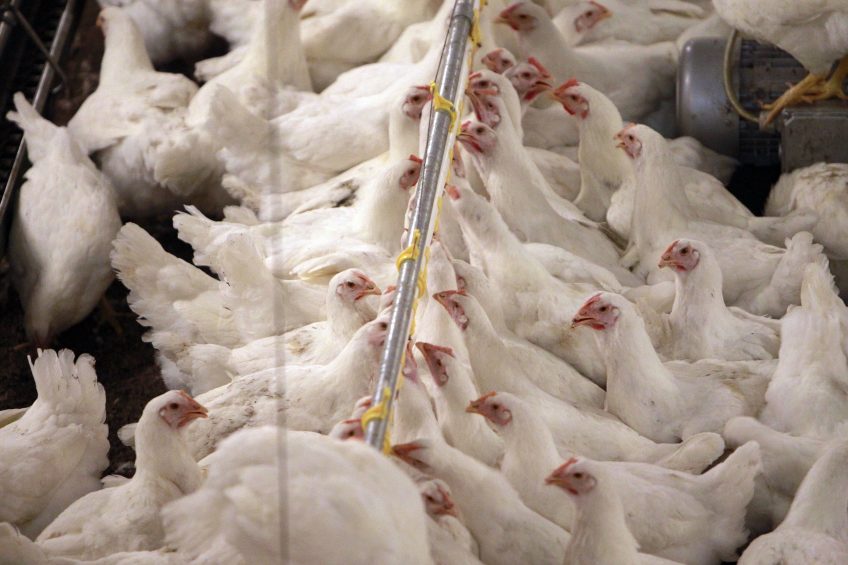Poultry feed efficiency research and human health

Impacts of mitochondrial activity in chicken cells on its ability to convert into muscle has implications for human health, according to research work at the University of Arkansas.
The US-study, led by poultry scientist Walter Bottje, began with an interest in oxidative stress – an imbalance in cells caused by the overproduction of reactive oxygen species – also known as ROS or oxidants. When this happens, there may not be enough antioxidants to neutralise them.
ROS molecules readily react with other molecules, like proteins, causing damage to cells, according to Bottje. Mutations caused by ROS are tied to many diseases, including cancer, aging, Alzheimer’s disease, autism, obesity and diabetes.
Previous research has indicated that oxidative stress was involved in pulmonary hypertension syndrome in poultry.
“ROS is like rust, corroding cell membranes, damaging proteins and even adversely affecting DNA. Antioxidants act like Rustoleum, neutralising the reactive molecules and preventing damage to cells,” he said.
A major site of oxidative stress in cells is mitochondria, he added. These organelles are a cell’s power producers, making 90% of a cell’s adenosine triphosphate or ATP.
“A by-product of the ATP production can be mitochondrial ROS formation that occurs when electrons get fumbled during ATP production. They leak out of the transport system, mix with oxygen and form oxidants.”
High amounts of ROS are damaging to the cell but low levels are important in conveying information to the rest of the cell. They initiate changes in expression of genes and protein in a process called signal transduction.
“In this way, mitochondria are constantly communicating important information to the rest of the cell, helping the body’s cells adjust to changing needs and conditions.”
In investigations of feed efficiency, or how well food is converted into growth and meat production, Bottje’s group at Arkansas, supported by funding from Cobb-Vantress, was able to show that animals with higher efficiency had better mitochondrial function that included less mitochondrial ROS production and less oxidation of proteins.
Important to poultry industry
Discovering the causal agents of oxidative stress and locating gene markers that identify more efficient birds is important to poultry industry breeding programmes, Bottje said. High feed efficiency with minimal health effects is critical, particularly in the light of the need to grow more feed for a growing human population.
Chickens a good model for human health
Bottje’s research on these cellular functions also helps discerns the functions by which ROS and oxidative stress affect human health, he added, saying chickens were a good model for understanding obesity in people.
While feed efficiency is good for poultry, it is less so for humans. Broilers at Arkansas have been bred for such high feed efficiency that a baby chick that weighs 40 to 45 grammes when it hatches grows to 3,000 grammes in seven weeks.
If humans converted food to muscle at that rate, a 7lbs newborn wold weigh 450lbs at 7 weeks.
But the chickens make a good model for humans by studying the related cellular activity.
Bottje said there are also similarities in lipid metabolism between chickens and people.
“The discoveries that we and other researchers are making help in the overall understanding of diabetes and other health issues. We’re adding to the foundation of knowledge about the causes of obesity that are important in solving the health problem,” he concluded.













